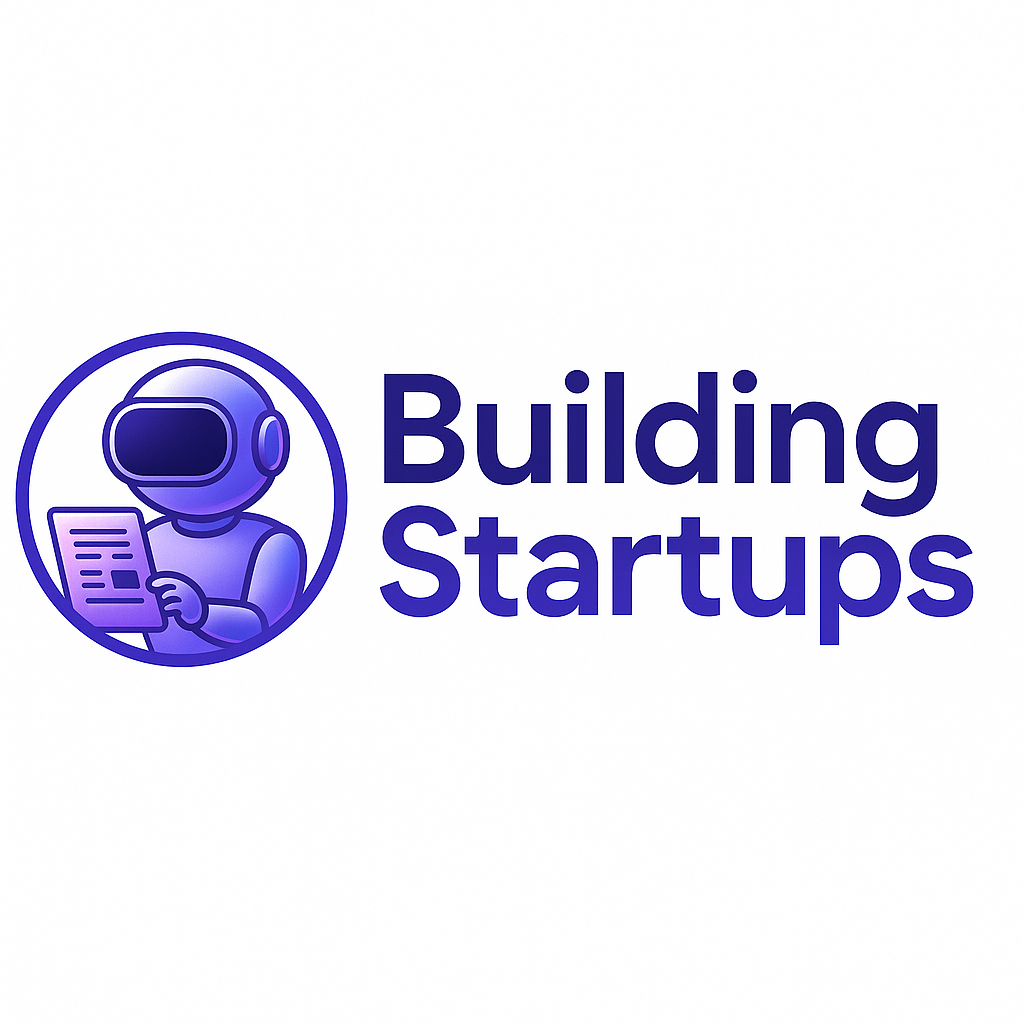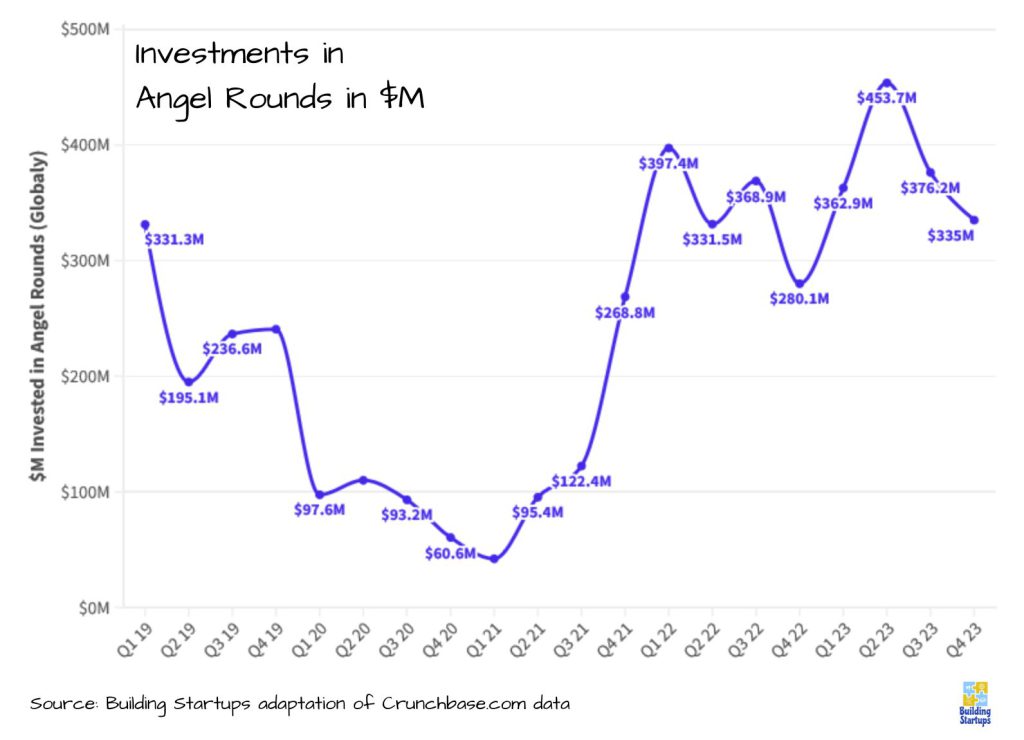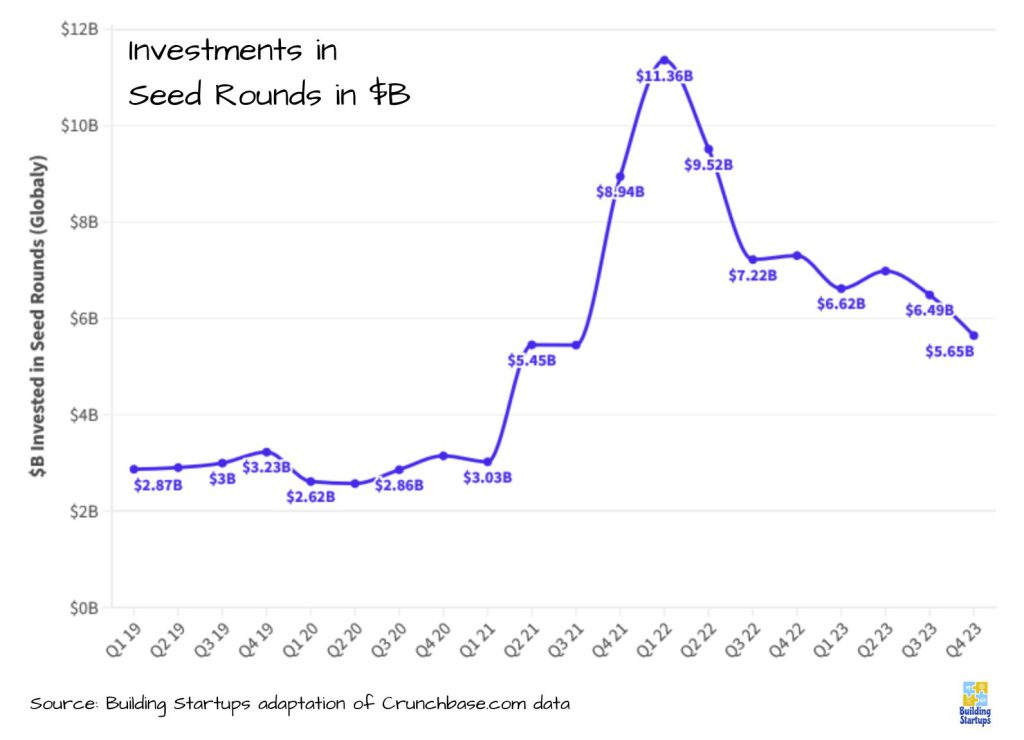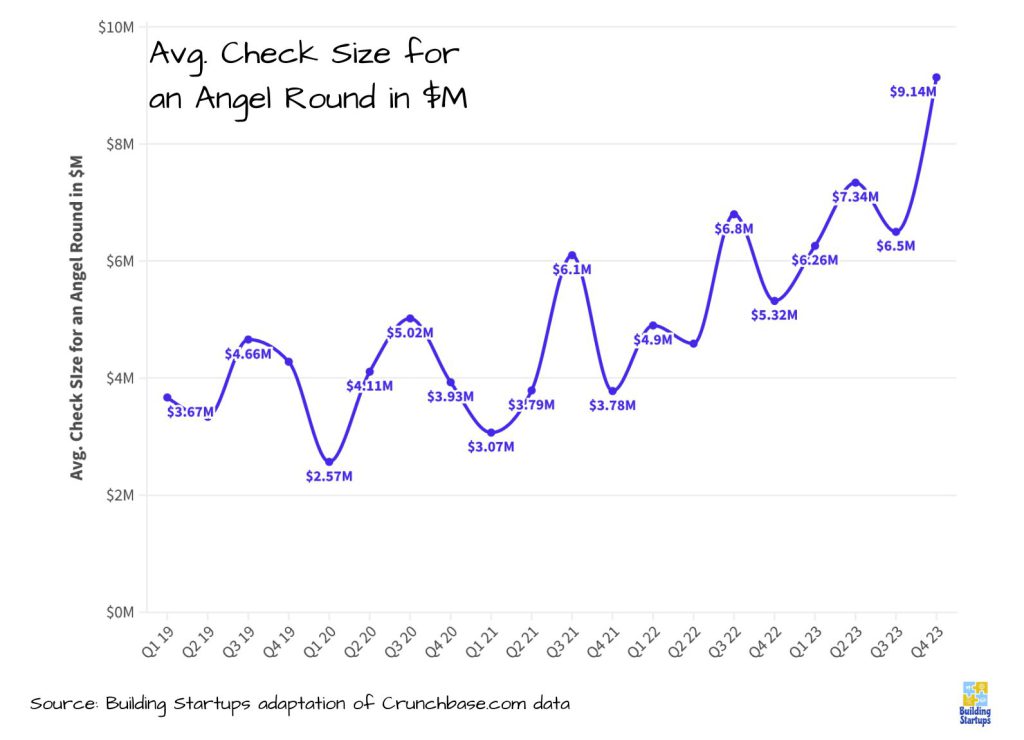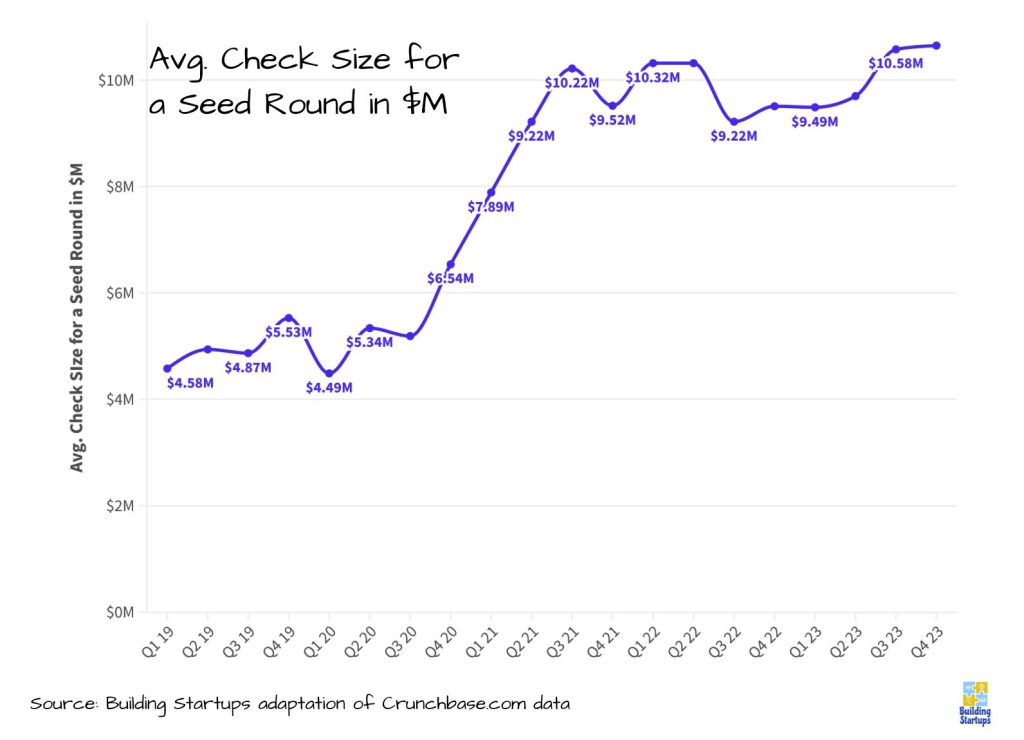Welcome
Welcome to our first edition of The Early Stage. In our brand new weekly newsletter we will cover everything related to early-stage startups. Everything from Go-T0-Market strategies, through Product-Market Fit tips and even funding and market analysis.
Our goal is to give you relevant industry knowledge and know-how and to help early-stage startups find their PMF and move on to the scale phase.
I hope that we can be regular visitor in your inbox and help you become a better Founder and/or early-stage Investor. I invite you to share this newsletter with as many founders and early stage investors so we can extend our reach.
Avinoam Kaminski
Want to get the next edition first?
Subscribe to our newsletter
to get the next edition straight to your email as soon as it goes live
What Happened This Week?
Before we begin looking back on 2023, let’s recap the big stories of this eventful week:
The Times Sues OpenAI and Microsoft Over A.I. Use of Copyrighted Work
The Times is the first major American media organization to sue the companies, the creators of ChatGPT and other popular A.I. platforms. This opens a new front in the increasingly intense legal battle over the unauthorized use of published work to train artificial intelligence technologies. (source)Humanoid Robots are Getting to Work
Humanoid robots have gone a long way since their first appearance. IT seems like these robots are finally ready to work as Amazon have started experimenting with them. (source)- Elon Musk’s Starlink has launched its first satellite batch
This will enable cellular connection to remote areas. The service is still slow compared to terrestrial services, but it offers a solution to remote locations. (source). - Did you know that AI can help us discover new class of Antibiotics?
It’s true, you can read all about it here - GitHub makes Copilot Chat generally available, letting devs ask questions about code
Earlier this year, GitHub rolled out Copilot Chat, a ChatGPT-like programming-centric chatbot for organizations subscribed to Copilot for Business. And now, GitHub’s launching Chat in general availability for all users (source) - Mickey Mouse Became a Public Domain Figure
This week the copyrights on the earlier version of Mickey Mouse expired making the beloved figure a public domain one. (source). - Is Amazon in trouble?
An independent blogger, one who’s been an Amazon employee breaks down the ins and outs of Amazon quiet layoff during 2023 (Amazon fired over 27,000 employees during the year) and explain why Amazon is in bad shape. (read more here) Gene Therapy 2.0
The medical regulators in the U.K. and U.S. officially approved Casgevy, the first CRISPR-based gene therapy for treating two blood disorders indicating a new era for gene therapy. (source)Quantum computing startup PASQAL’s CCO leaves to start his own company
After two years at PASQAL, Broer is launching Science Rockstars, a company operating in stealth in the fields of high-performance computing, scientific software and AI, according to his LinkedIn page (source)- Tesla loses #1 spot of EV manufacturing
The Chinese car maker BYD has surpassed Tesla and is now the world’s largest electric car maker. Read more here. - The Last Mile of the Last Mile Solution Company
The scooter company Bird has filed for bankruptcy. The company was once wroth over $2.5B and is blaming the drop in ridership due to the pandemic as the cause of its demise. Read more here
2023 Top Stories
2023 has not been good for startups, and especially so for early-stage startups. As the global recession still looming, and the collapse of major banks, two in the heart of Silicon Valley (SVB and First Republic SF) Investors are not in any hurry to invest.
The biggest stories we’ve seen throughout the year are:
- The biggest story of the year by far was the collapse of Silicon Valley Bank sent a shock wave throughout the tech industry and signaled the dire cost of the recent interest hikes we’ve seen from the Fed.
- Following with more bad news, the massive layoff trend has started in 2022 continued to 2023 with 1,100 tech companies laying off over 250,000 employees through November.
- Although ChatGPT launch was in Nov 22. the Generative AI frenzy is the dominant trend for 2023 with new startups popping up in the field of generative image and text creation. Almost every big tech company now has some LLM and/or generative image engine and the trend seems to be at the top if its hype.
- Due to OpenAI dominant presence in the news, the whole Sam Altman firing saga has caused a lot of heat and grabbed a lot of attention from the media.
- The last notable trend is the demise of the work from home policies that dominated the tech industry since Covid. Many large companies have moved to a hybrid model forcing their workforce to come to the office.
- Here’s a great summary of everything that happened in 2023 by my favorite platform Cruncbase. I can write on and on about it, but it’s better to read on your own here.
- And to end things on a positive note, here is a n article from Wired about 20 things that made our world a better place in 2023
2023 in Numbers
Number of New Startups

Source: Crunchbase.com
2023 continue the decline of number of founded startups with -55.1% YoY in numbers (2022 showed a -48% YoY)
Number of Acquisitions

Source: Crunchbase.com
2023 shows a drop in the number of acquisitions with a step back to pre-Covid numbers. This can be due to the low inventory of startups for purchase or a cool-down in the market
Number of IPOs
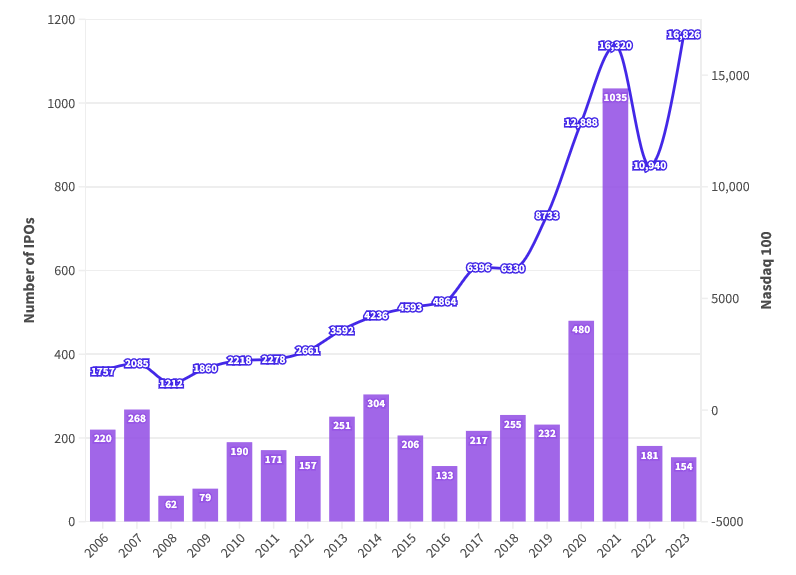
Source of IPO data: https://stockanalysis.com/ipos/statistics/
Source of Nasdaq 100: https://finance.yahoo.com/
The IPO market remains cold after the 2021 SPAC craze. Startups are not rushing to IPO as VC funding grows through 2023 in most major makrets.
Debt & Post-IPO Funding

Source: Crunchbase.com
Debt and Post-IPO financing which have been on the rise since Q3 of 22 has dramatically fallen in end of 23
Top 15 Early-Stage Startups Hubs in 2023

Source: Building Startups adaptation of Crunchbase.com data
Investment Trends per Round 2019-2023
Early stage funding is on the decline since Q2 of 21 as more and more investors are looking the lower risk investments of the late growth rounds. There is a spike in debt and post IPO financing as seen above.
The data above show that despite the continuous drop in Pre-Seed, Seed and Series A investments, Angel investors are still going strong with a strong start to 2023. Angel invetsment did slow down in Q3 and Q4 of 2023, but they still show high numbers compared to pre-Covid.
Average Check Size Trends per Round 2019-2023
Angel and Pre-Seed check sizes have grown significantly, while Seed check size remain roughly the same and series A check size is even on the decline.
When looking at the declining trend of new startups this might indicate a stronger competition on each and every startup. Investors are still cautious, hence the drop in deployed funds, but when funded, startups receive larger checks early on.
How Many Months between Rounds?
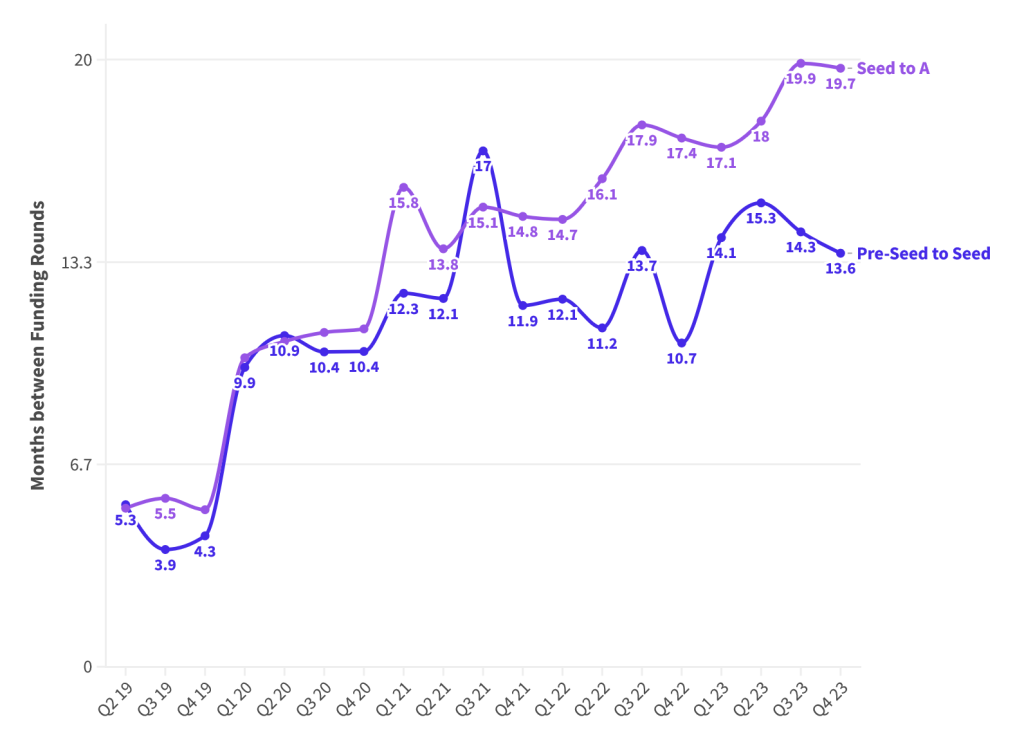
Source: Building Startups adaptation of Crunchbase.com data
Early-stage investors are writing larger checks to startups which last longer.
Like What you see?
Subscribe to our newsletter
to get the next edition with more great analysis and early-stage materials straight to your email as soon as it goes live
How to Get Your 1st Customer?
Getting your first customers (and investors) is not easy, especially if you’re trying to disrupt the status quo and launch an innovative startup. Here are some unusual and creative ways founders used to get what they wanted:

When airbnb just started its founders had a hard time getting funding so they launched a political themed cereals which they sold for $40 a pop. They were able to sell 800 units to net a $30K profit to fund airbnb’s early days.
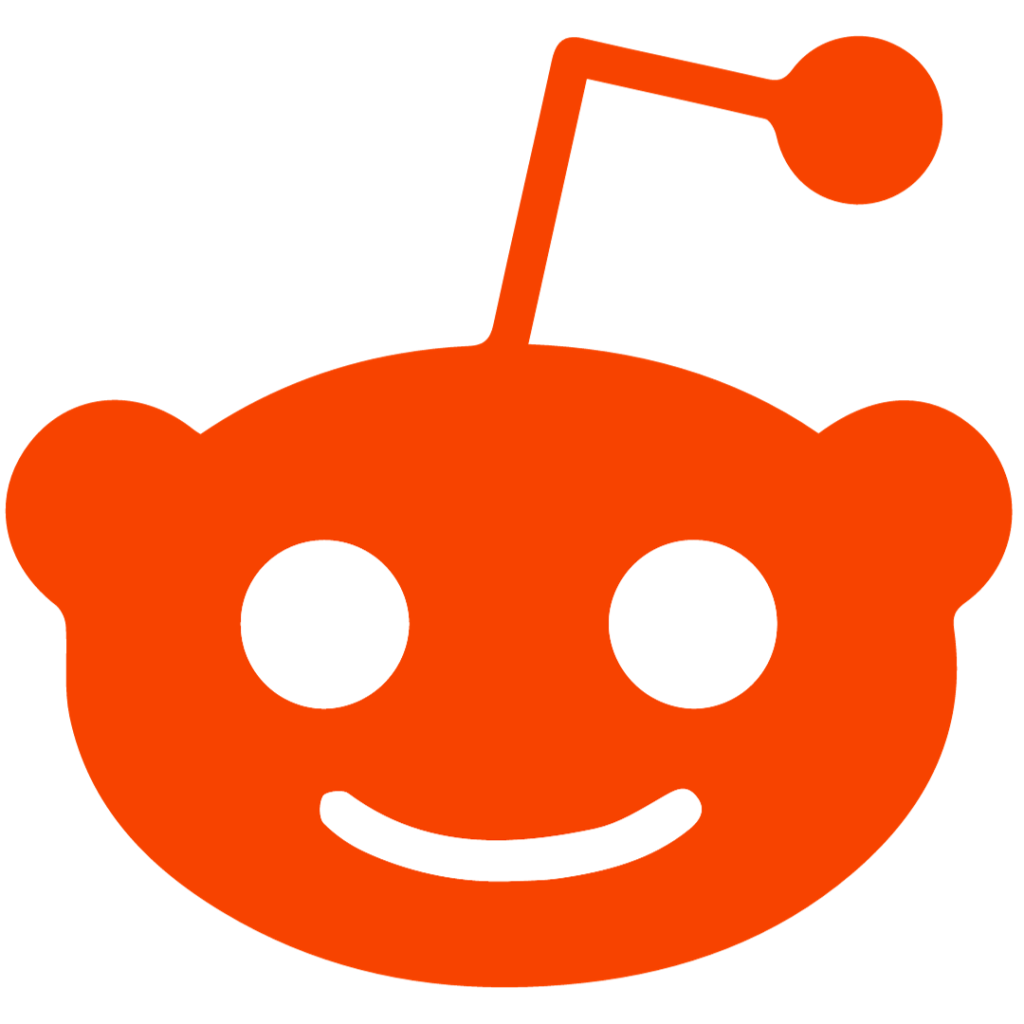
It’s hard to imagine that reddit was once a small website, but at its early days its founders found it very difficult to add users to the platform. To solve the issue they created fake accounts to show as if many people are on using the platform to gain the trust of new visitors

Similar to reddit, Pinterest founders also had a hard time bringing users to their platform. But instead of creating fake accounts, Pinterest founders decided to manually send email to their first 7000 visitors to ask their opinion about the platform.

Salesforcewere able to get attention using their main competitor – Siebel Systems. In 2000, just after launching Salesforce, MArk Benioff organized a fake protest of the Siebel annual conference. “Protesters” claimed: “The Internet is really neat … Software is obsolete!”. Meaning – it’s time to move to the cloud-based services, like Salesforce. The protest was so plausible, that was covered on the news and brought Salesforce hundreds of new customers.

At another Siebel event in Nice, Mark Benioff rented all the airport taxis and then used the 45-minute drive with attendees of Siebel event to pitch Salesforce.com. Most attendees of the conference flew into Nice and had no choice but to take those cabs.

Neighbor used flyers to spread the word about the product. To get people’s attention, they paper clipped a dollar bill with a note saying ‘this is the first dollar you’ll make renting out your space on neiybor.com
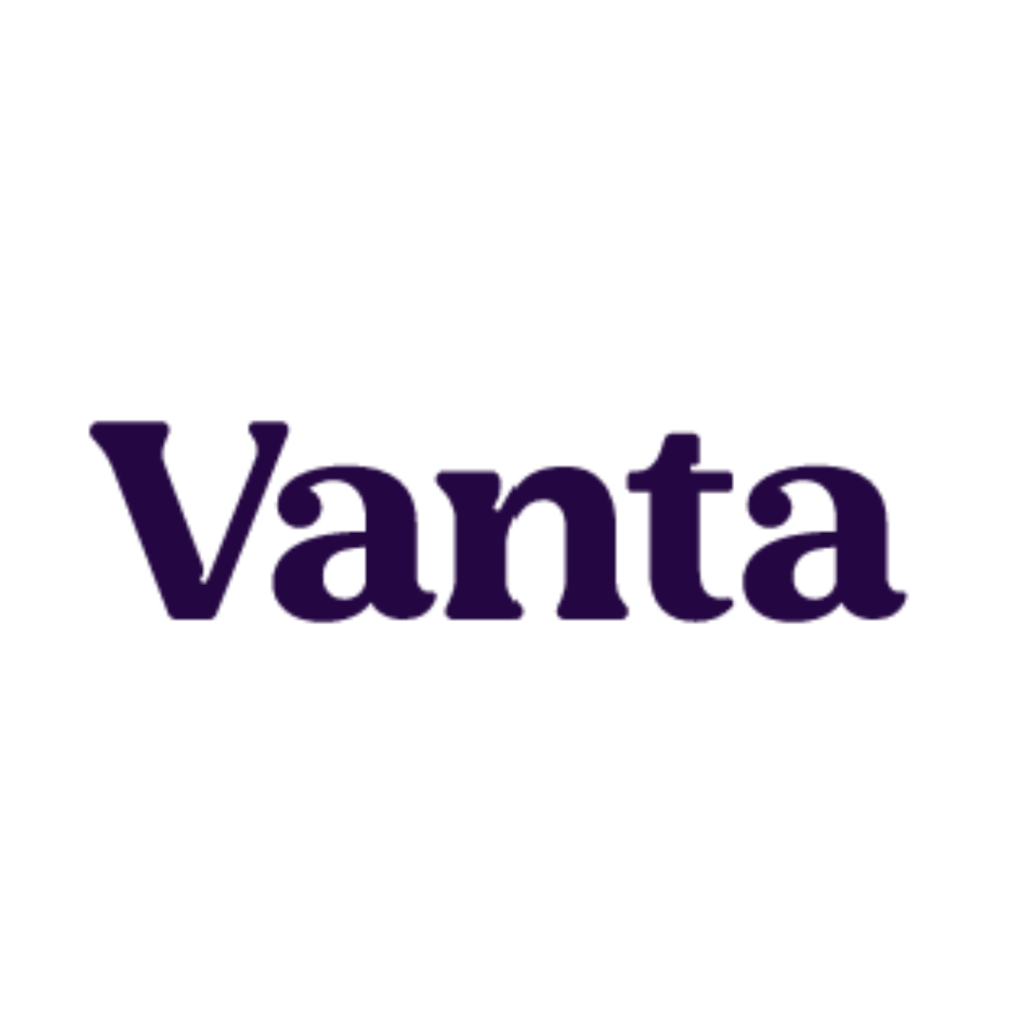
Christina (one of the co-founders) heard that the Segment team was struggling with SOC-2 compliance. She proactively sent the team a spreadsheet outlining steps to take to ensure compliance
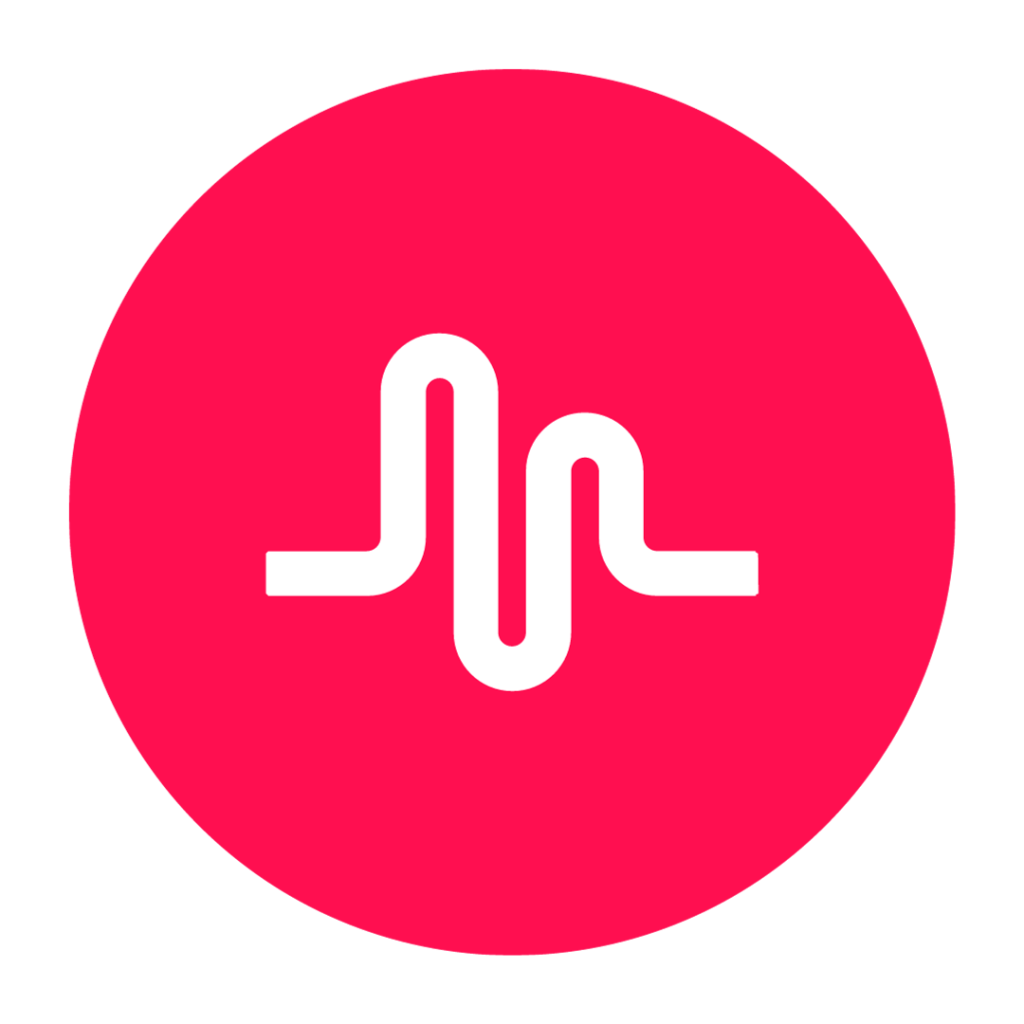
Musical.ly acquired its very first customers by piggy-backing off the app store search traffic for Instagram and Messenger. Instead of naming the app “Musical.ly” on the app store, they named it “An app for creating short-form videos for Instagram, Messenger, and more.”

DoorDash started out as a simple website with a generic name containing PDF versions of local restaurants pointing to the founders’ phone . Due to the generic name they were able to get good google ranking and made the deliveries themselves.
There is no limit to the entrepreneurial imagination and there are many ways to get your first customers. The only common thread between all of the above stories is that it takes a lot of hustle and creativity. If you want to read more first customers stories follow this link.
How to Build a GTM Strategy
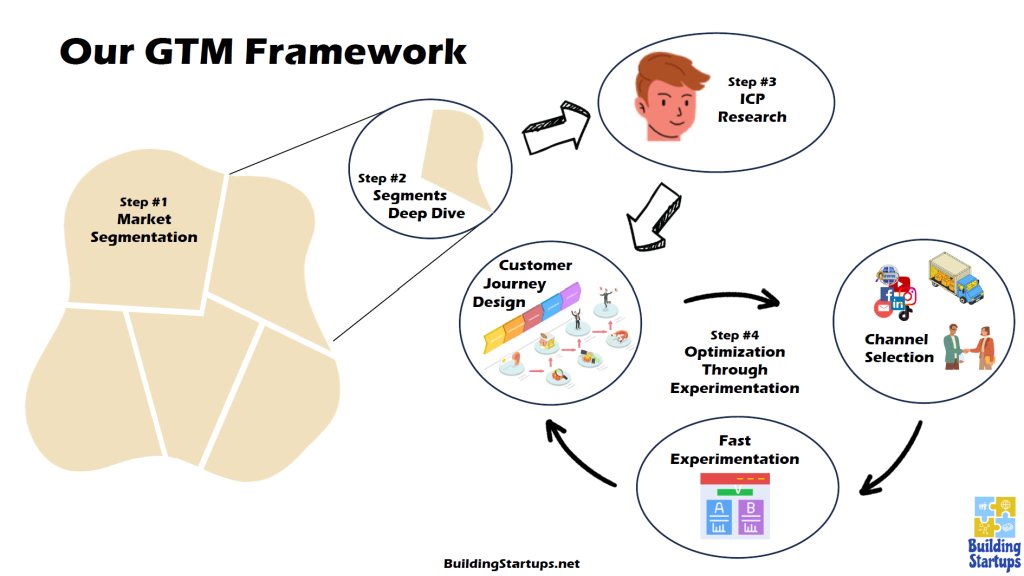
The first week of January is a great time to start planning 2024 (if you haven’t done so during December). And for most early-stage startups, this mean building a solid GTM strategy that will help you get your product to market.
We’ve built a short and practical guide to help you do exactly that…
The guide will walk you through each steps required to build your GTM strategy. It will explain what are the key points and tasks for each steps and will take you through a structured process that will result in a great GTM strategy.
Don't miss out on our next edition
Next week we are going to talk about 2024. We’ll cover experts’ opinion about what should we expect and try to give predictions to the trends and startups we will meet during 2024. Subscribe to our newsletter to stay informed about everything early-stage related
